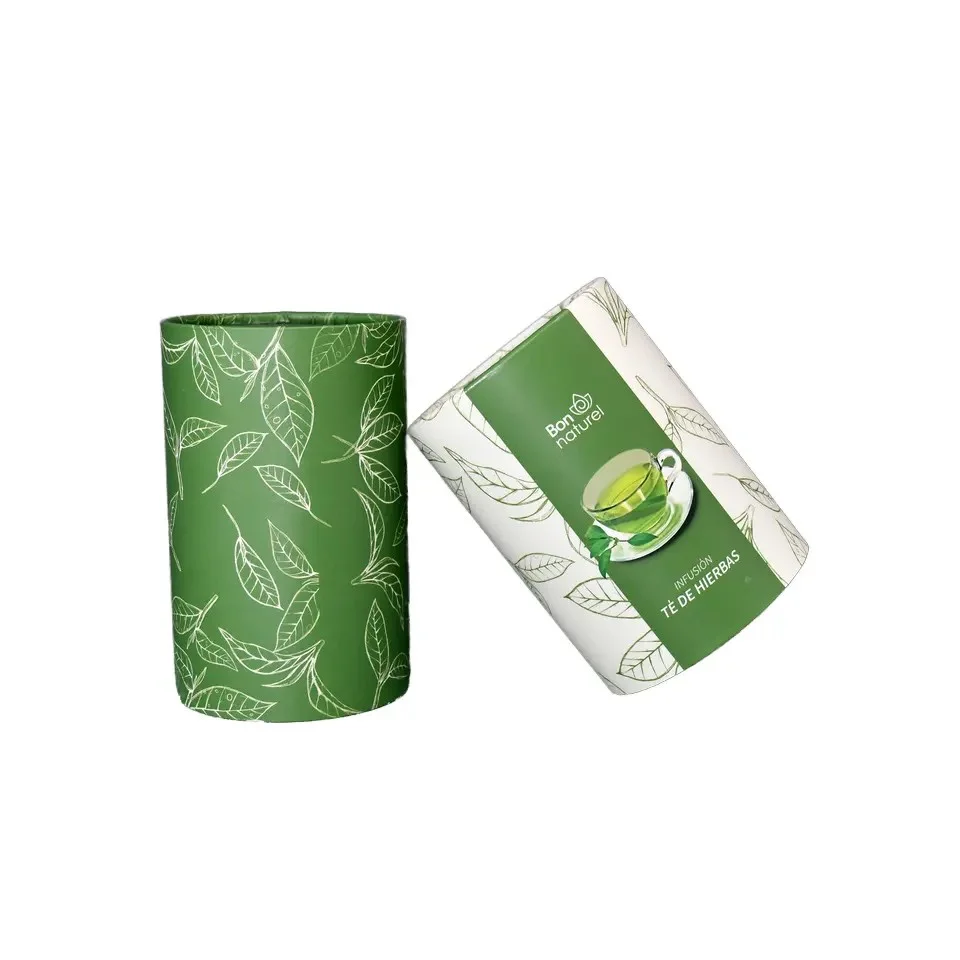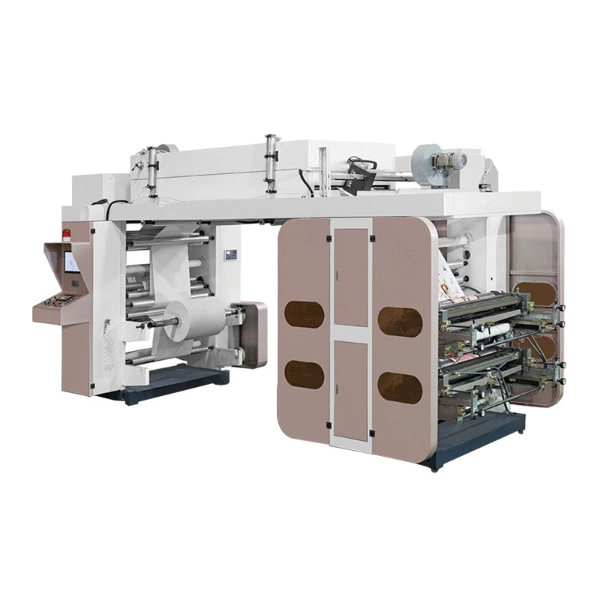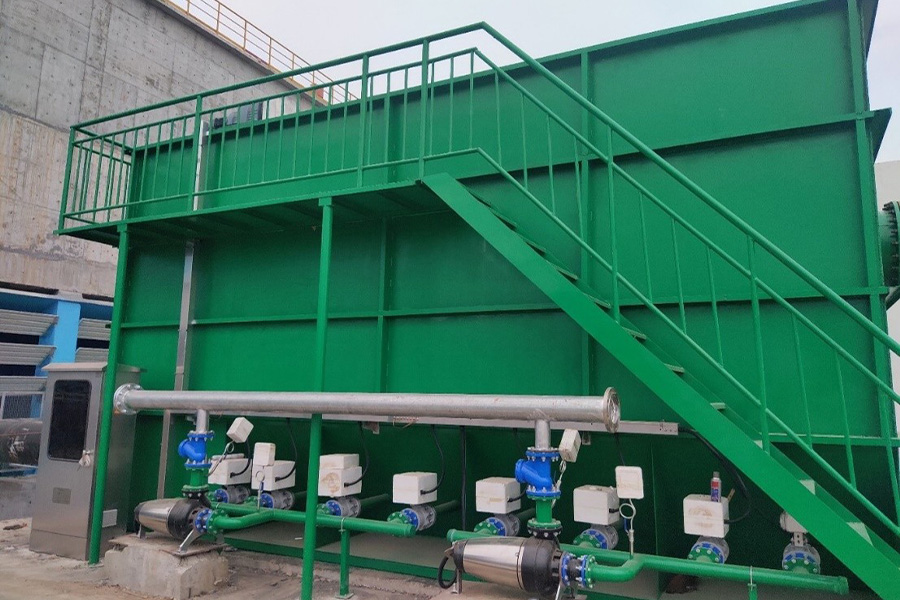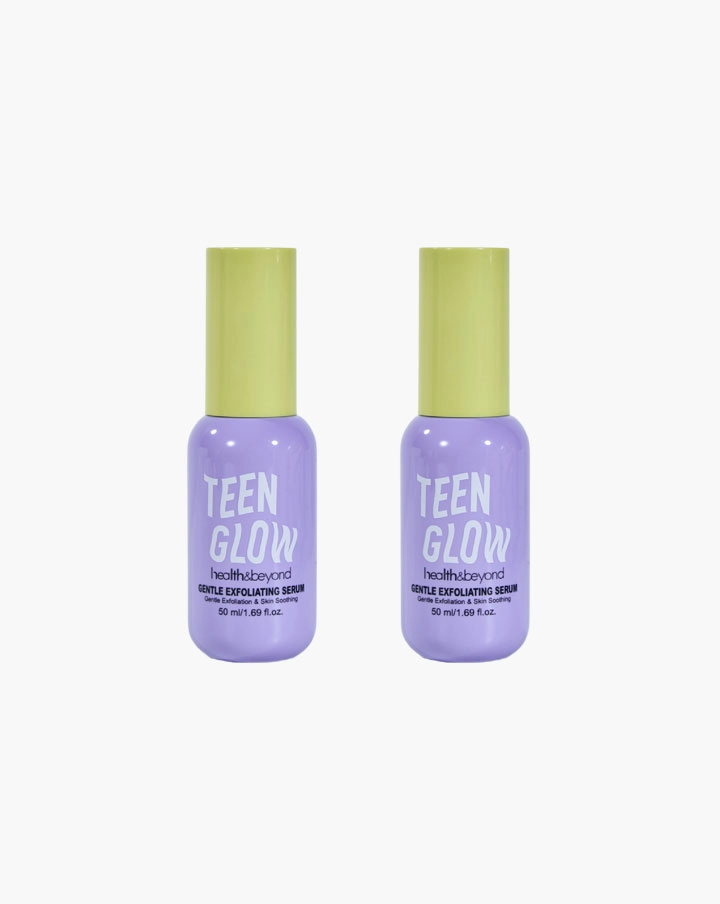In an era where health consciousness is on the rise, dry fruits and vegetables have become staples in many diets. Their convenience, extended shelf life, and concentrated nutrients make them an attractive option for consumers. However, the method used to pack these products is crucial not only for maintaining their quality but also for ensuring food safety. This article delves into the various methods employed in the packing of dry fruits and vegetables, exploring the reasons behind these techniques and their impact on product longevity and consumer satisfaction.
Understanding the Importance of Proper Packing
Before diving into the methods, it’s essential to understand why packing is so critical. The primary objectives of packing dry fruits and vegetables include:
- Preservation of Quality: Proper packing helps maintain the flavor, texture, and nutritional value of the products.
- Protection from Contaminants: Effective packaging prevents exposure to moisture, air, and light, which can lead to spoilage and degradation.
- Extended Shelf Life: By minimizing the factors that contribute to spoilage, well-packed products can last longer, reducing food waste.
- Consumer Safety: Packaging plays a vital role in ensuring that the products are safe for consumption, free from pests and pathogens.
Methods of Packing Dry Fruits and Vegetables
- Vacuum Packing
Vacuum packing is one of the most effective methods for preserving dry fruits and vegetables. This technique involves removing air from the packaging before sealing it. The absence of oxygen slows down the oxidation process, which can lead to rancidity and loss of flavor.
Why Use Vacuum Packing?
- Extended Shelf Life: Vacuum-sealed products can last several months longer than those packed in traditional ways.
- Flavor Retention: By minimizing exposure to air, vacuum packing helps retain the natural flavors and aromas of the products.
- Space Efficiency: Vacuum-packed items take up less space, making them easier to store and transport.
- Modified Atmosphere Packaging (MAP)
Modified Atmosphere Packaging involves altering the composition of gases within the packaging. Typically, the oxygen level is reduced while increasing nitrogen or carbon dioxide levels. This method is particularly effective for products that are sensitive to oxygen.
Why Use MAP?
- Prevention of Spoilage: By reducing oxygen levels, MAP inhibits the growth of aerobic bacteria and molds.
- Color and Texture Preservation: This method helps maintain the visual appeal and texture of fruits and vegetables, which is crucial for consumer acceptance.
- Extended Freshness: MAP can significantly prolong the freshness of dry fruits and vegetables, making them more appealing to consumers.
- Airtight Containers
Using airtight containers is a traditional yet effective method for packing dry fruits and vegetables. These containers are designed to prevent air and moisture from entering, thus preserving the quality of the contents.
Why Use Airtight Containers?
- Moisture Control: Airtight containers prevent moisture absorption, which is critical for maintaining the crispness of dry products.
- Ease of Use: They are convenient for consumers who prefer to buy in bulk and store products at home.
- Reusability: Many airtight containers are reusable, making them an environmentally friendly option.
- Mylar Bags with Oxygen Absorbers
Mylar bags are made from a type of polyester film that is highly effective at blocking light, moisture, and oxygen. When combined with oxygen absorbers, these bags create an optimal environment for storing dry fruits and vegetables.
Why Use Mylar Bags?
- Long-Term Storage: Mylar bags can keep products fresh for years when stored properly.
- Cost-Effectiveness: They are relatively inexpensive and lightweight, making them ideal for bulk storage.
- Versatility: Mylar bags can be used for a variety of dry products, from nuts to dehydrated vegetables.
Conclusion: The Future of Packing Dry Fruits and Vegetables
As the demand for dry fruits and vegetables continues to grow, so does the need for innovative packing solutions. Advances in technology are paving the way for new methods that enhance preservation while minimizing environmental impact. Sustainable packaging options, such as biodegradable materials and recyclable containers, are becoming increasingly popular among consumers who are environmentally conscious.
In conclusion, the method used to pack dry fruits and vegetables is not merely a logistical consideration; it is a critical factor that influences product quality, safety, and consumer satisfaction. By understanding these methods and their underlying principles, both producers and consumers can make informed choices that benefit their health and the environment. As we move forward, embracing sustainable practices in packaging will be essential in preserving nature’s bounty for future generations.




